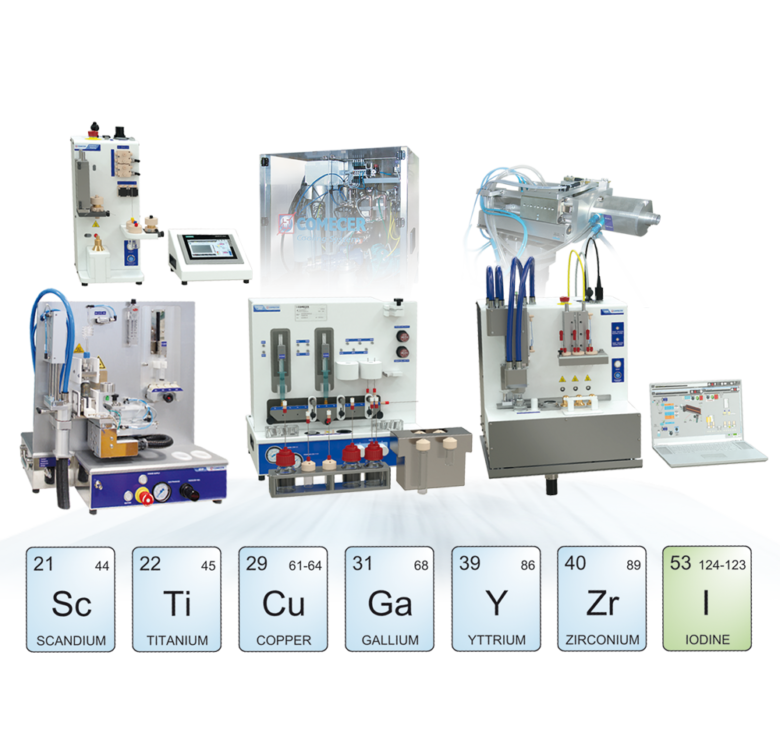New publication for 64Cu production with cyclotron and solid target system in collaboration with the University of Bologna
A digital twin for 64Cu production with cyclotron and solid target system
Lorenzo Isolan, Mario Malinconico, William Tieu, Courtney Hollis, Marco Testa, Matteo Melandri, Alessandro Brunetti & Marco Sumini
Comecer is pleased to share details of a recent scientific publication published on the Nature website. The article mentions our Alceo Solid Target Processing System and was written in collaboration with the University of Bologna.
With the growing demand of radionuclides for medical applications and the increasingly required high-quality standards, it has become necessary to look for new and efficient production systems.
One of the methods under development for finding reliable and cost-effective solutions in several industrial contexts is represented by the “digital twin” philosophy of design - the virtual representation of a physical entity of an arbitrarily complex system. For the actual problem, the innovation stands on the analysis of the beam-target system model5,6. More specifically, looking at a cyclotron as a beam source (a quite standard one) coupled with a solid target, the design involves a quite complex configuration space, such as the source particle beam spectrum characterization, the material composition and characteristics of the target hosting device (the “shuttle”) and details like target tilting, shape, and thickness, degrader foil composition, all playing a crucial role regarding the production efficiency of the whole chain.
As reference case-study a very peculiar and well conceptualized system, Alceo, has been considered. Indeed, starting from 2008, Comecer has effectively prototyped and built an automated system implementing the Alceo concept, which is based on the coupling between a beam extracted from a medical cyclotron and a suitably designed irradiation unit hosting a shuttle supporting a solid target.
Abstract
“One method for finding reliable and cost-effective solutions for designing radioisotope production systems is represented by the “digital twin” philosophy of design. Looking at cyclotron solid targets, uncertainties of the particle beam, material composition and geometry play a crucial role in determining the results. The difference between what has been designed and what can be effectively manufactured, where processes such as electroplating are poorly controllable and generate large non-uniformities in deposition, must also be considered.
A digital twin, where the target geometry is 3D scanned from real models, can represent a good compromise for connecting “ideal” and “real” worlds. Looking at the 64Ni(p,n)64Cu reaction, different Unstructured-Mesh MCNP6 models have been built starting from the 3D solid target system designed and put into operation by Comecer. A characterization has been performed considering the designed ideal target and a 3D scan of a real manufactured target measured with a ZEISS contact probe. Libraries and physics models have been also tested due to limited cross-section data. Proton spectra in the target volume, 3D proton-neutron-photon flux maps, average energies, power to be dissipated, shut-down dose-rate, 64Cu yield compared with various sources of experimental data and beam axial shifting impact, have been estimated. A digital twin of the 64Ni(p,n)64Cu production device has been characterized, considering the real measured target geometry, paving the way for a fully integrated model suitable also for thermal, structural or fluid-dynamic analyses.”
Click here to read or download the full article on Nature Portfolio.
Read more about Alceo, the Solid Target Processing System
- More than 7 isotopes with single system
- Fully automated process
- More safety for the operator
- Integrated degrader foil in the shuttle
- Only one target for all isotopes
